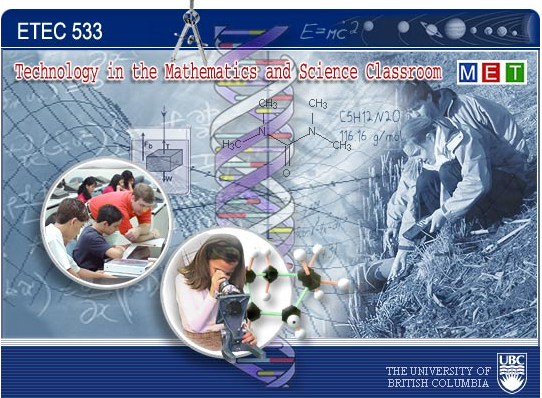 (Image captured from the WISE4 website)
(Image captured from the WISE4 website)
« The Web-based Inquiry Science Environment is a research-based digital learning platform that fosters exploration and science inquiry. » (http://wise.berkeley.edu/) Projects focus on science inquiry and are specifically tailored for the classroom. They explore new ideas and evidence and provide peer interactions on these ideas along the way. Students have the possibilities to write their thoughts, discuss them and put them against other ideas to form their own ideas about the subject of inquiry. Collaboratively, these theories are framed and validated through discussion and model-based testing, where after they refine these ideas using a variety of tools. Multiple authors wrote on this model to explore the possibilities offered and to understand the process of learning presented. Linn et al. mentioned that their research team is convinced that students possess a lot of intriguing and potentially valuable ideas about science, but there’s limits to their ability to interconnect these ideas or to apply them to new ideas or concepts. Science must capitalize on views held by students for 2 reasons:
- intellectual contributions of the students
- by connecting science to everyday life experiences can make science more relevant to students
Students need new ideas, improve capabilities to make inferences, develop criteria for what constitutes important evidences and draw conclusions based on multiple ideas or observations. The WISE platform makes thinking visible to help students understand their own ideas. The use of technology in schools provide much more possibilities in science and science literacies. The design of this project was based on four pedagogical principles (Gobert et al., 2002):
- Make science accessible to all students ;
- Make thinking visible ;
- Provide social support so that students can learn from each other ;
- Promote autonomy and lifelong learning.
By offering these opportunities to the learners, the WISE projects bring forward learning and provide feedbacks from peers. As Hattie et al. (2007) stated, feedback needs to provide information specifically relating to the task or process of learning that fills a gap between what is understood and what is aimed to be understood. Vygotsky named it the Zone of Proximal Development. For the feedback to be effective, there must be learning going on. In this process, the WISE project offers multiple options. Hattie et al. (2007) stated that the idea of students developing self-regulation and error detection skills… are created by teachers in WISE.
Reference
- Gobert, J., Snyder, J., & Houghton, C. (2002, April). The influence of students’ understanding of models on model-based reasoning. Paper presented at the Annual Meeting of the American Educational Research Association (AERA), New Orleans, Louisiana. This is a conference paper. Retrieved conference paper Saturday, October 29, 2013 from: http://mtv.concord.org/publications/epistimology_paper.pdf
- Hattie, H. & Timperly, H. (2007). The power of feedback. Review of Educational Research, 77(1),81-112. http://ezproxy.library.ubc.ca/loginurl=http://dx.doi.org/10.3102/003465430298487
- Linn, M., Clark, D., & Slotta, J. (2003). Wise design for knowledge integration. Science Education, 87(4), 517-538. Retrieved from: http://onlinelibrary.wiley.com/doi/10.1002/sce.10086/abstract
